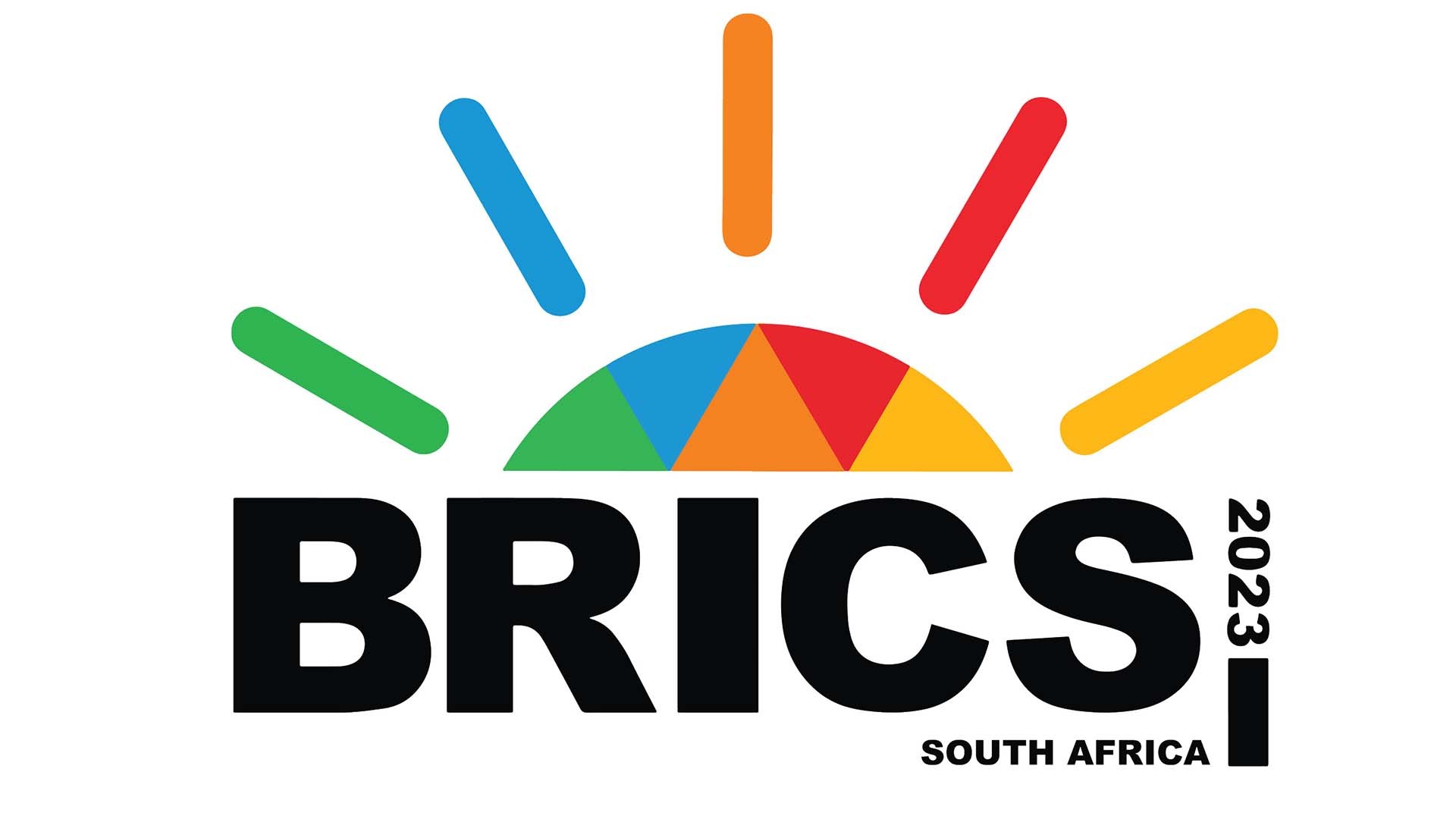 |
| The 15th annual summit of the world's leading emerging economies (BRICS) took place in Johannesburg. |
From August 22-24, the 15th annual summit of the world's leading emerging economies (BRICS) group including Brazil, Russia, India, China and South Africa, took place in Johannesburg.
In its third hosting of the BRICS Summit since joining the group in 2010, South Africa chose the theme of the Summit “BRICS and Africa: Partnership for Accelerated Growth, Sustainable Development and Inclusive Multilateralism”.
New integration model?
BRICS currently accounts for 42% of the world's population and nearly 30% of its land area. The group also accounts for about 27% of the world's GDP and 20% of global trade. South Africa has reported that more than 40 countries have expressed interest in joining BRICS, with 22 having formally requested membership. Some countries, such as Iran, have appreciated the opportunity to strengthen their partnership and have expressed their desire to become members of the group.
Unlike previous summits, this year, host country South Africa invited a large number of leaders and representatives of about 70 developing countries, including many African countries. According to Indian media, the 15th BRICS Summit may be the first time that BRICS considers the membership aspirations of some countries, such as Argentina, Egypt, Indonesia, Saudi Arabia and the United Arab Emirates (UAE).
In fact, since the 2017 conference, the host country China has proposed admitting new members (BRICS+).
Russia believes that adding more members will help BRICS develop and grow stronger in any form.
An expanded BRICS bloc would become a new model of integration for the global economy, said Yaroslav Lissovolik, chief economist of the Eurasian Development Bank (EADB).
Commenting on a BRICS+, observers said that the current international system is dominated by the US and Western countries, while the views of developing countries are not fully reflected, so emerging economies hope to express their opinions and the BRICS cooperation regime will provide that opportunity.
Sketching a new world order
According to Deutsche Welle (Germany), so far the initial predictions about BRICS – becoming the fastest growing economy in the world have not been entirely accurate. But instead, this bloc is now providing a diplomatic and financial forum for development outside the West.
In fact, in the first decade of its formation (2010), all five BRICS members developed very well, with ambitions to promote emerging market economies. However, the economic performance of the members began to decline in the second decade (2020), with each country in the bloc facing its own difficulties.
The impetus for emerging economies to join the BRICS cooperation mechanism is now “not just an economic club of rising powers seeking to influence global growth and development, but a political club defined by nationalism,” as political scientist Matthew Bishop of the University of Sheffield commented.
Since the Russia-Ukraine conflict broke out, the BRICS countries have increasingly “distanced themselves” from the West. Moscow and Europe are deeply entangled in a confrontation that is difficult to find a way out. Meanwhile, neither India, Brazil, South Africa nor China have joined the sanctions against Russia. According to expert Matthew Bishop, the conflict “seems to have drawn a clear line between an Eastern-backed Russia and the West.”
For countries in the Southern Hemisphere, the conflict in Ukraine is a wake-up call. On the one hand, it makes them realize that the US and Western countries are doing everything they can to achieve their own strategic goals. On the other hand, these countries clearly realize that to change the international economic and political order that is unreasonable for them, they cannot rely on the US and developed countries to proactively change their stance, but need to unite to find solutions.
On the other hand, the way Beijing handles US-China relations fully demonstrates that China will strengthen cooperation with emerging market economies and not follow US instructions.
In other words, as Russian President Putin has repeatedly said in the media about his goal of overthrowing the unipolar world order. Or as the message of the head of Indian diplomacy at the recent BRICS Foreign Ministers' Meeting - wanted to send a strong message that: "The world is multipolar, the world is rebalancing and the old ways cannot solve new situations".
In terms of strength, at the end of April 2023, Bloomberg published a forecast based on the latest data from the International Monetary Fund (IMF). In 2020, the contribution of BRICS and G7 countries (including the US, Canada, UK, France, Italy, Germany and Japan) to global economic growth was equal. Since then, the performance of the Western-led bloc has declined. By 2028, the G7's contribution to the world economy is forecast to fall to 27.8%, while BRICS will account for 35%.
Clearly, in terms of pure economics and trade, BRICS has truly become a counterweight to the G7. Of course, to be ready for a truly new “multipolar world”, BRICS leaders will still have a long and challenging journey to overcome, with dozens of intertwined difficulties.
However, with the goal sometimes as simple as, as South African Foreign Minister Naledi Pandor revealed, ensuring that “we do not become victims of sanctions”, it is therefore understandable that more and more countries are expressing interest in joining BRICS.
The fact that BRICS is “stirring” to expand its membership is not new and surprising. In one way or another, BRICS is ready to move towards a multipolar world in the future. Thus, whether we like it or not, a new global picture has been sketched. A new course of the world order trajectory seems to have been activated.
Source


![[Photo] Prime Minister Pham Minh Chinh meets with President of the Republic of Burundi Evariste Ndayishimiye](https://vstatic.vietnam.vn/vietnam/resource/IMAGE/2025/4/4/979010f4c7634f6a82b8e01821170586)
![[Photo] Workshop "Future for the Rising Generation" continues the profound value and strong message from the article of General Secretary To Lam](https://vstatic.vietnam.vn/vietnam/resource/IMAGE/2025/4/4/ec974c5d9e8e44f2b01384038e183115)
![[Photo] President Luong Cuong presides over the official welcoming ceremony for Burundian President Évariste Ndayishimiye](https://vstatic.vietnam.vn/vietnam/resource/IMAGE/2025/4/4/63ceadc486ff4138abe2e88e93c81c91)
![[Photo] General Secretary To Lam receives President of the Republic of Burundi Évariste Ndayishimiye](https://vstatic.vietnam.vn/vietnam/resource/IMAGE/2025/4/4/d6df4662ecde41ef9bf55f1648343454)

![[Photo] Parade rehearsal on the training ground in preparation for the April 30 celebration in Ho Chi Minh City](https://vstatic.vietnam.vn/vietnam/resource/IMAGE/2025/4/4/e5645ddf85f647e6a25164d11de71592)


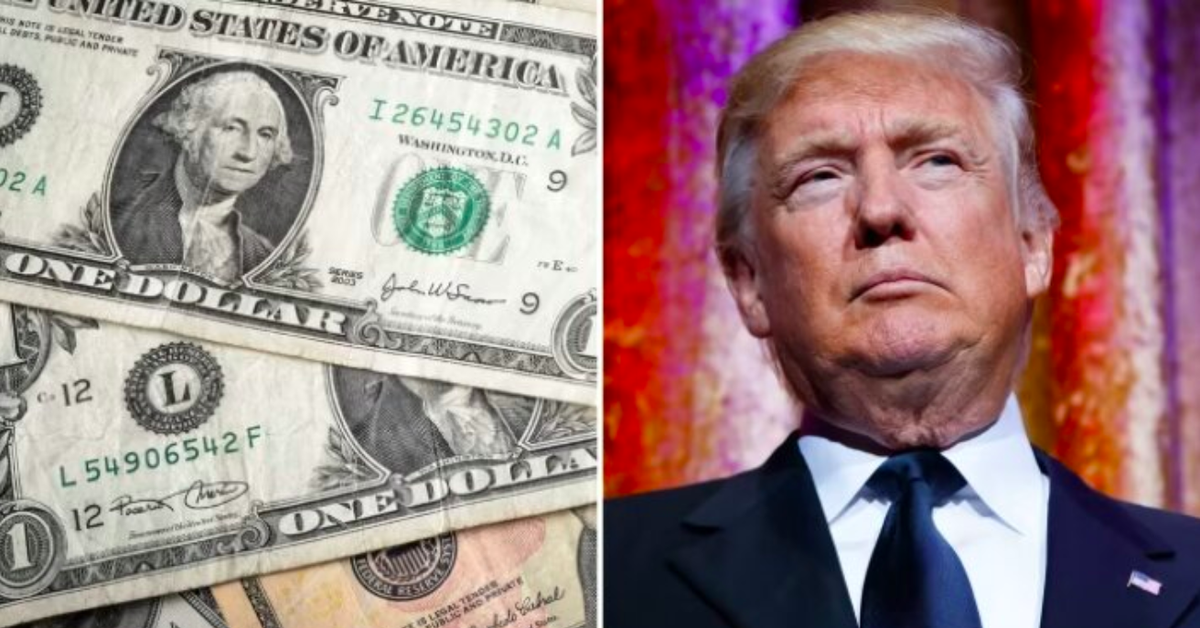

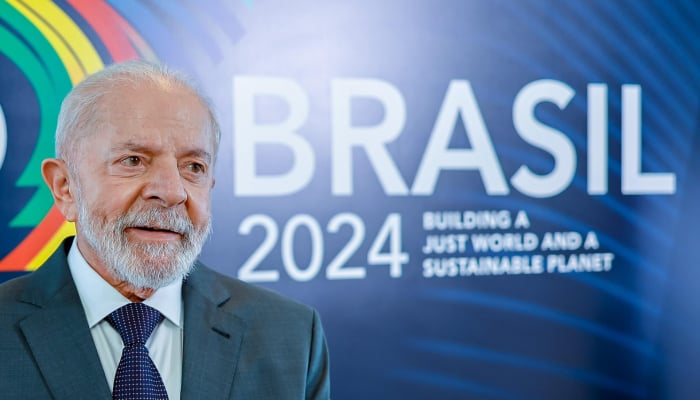




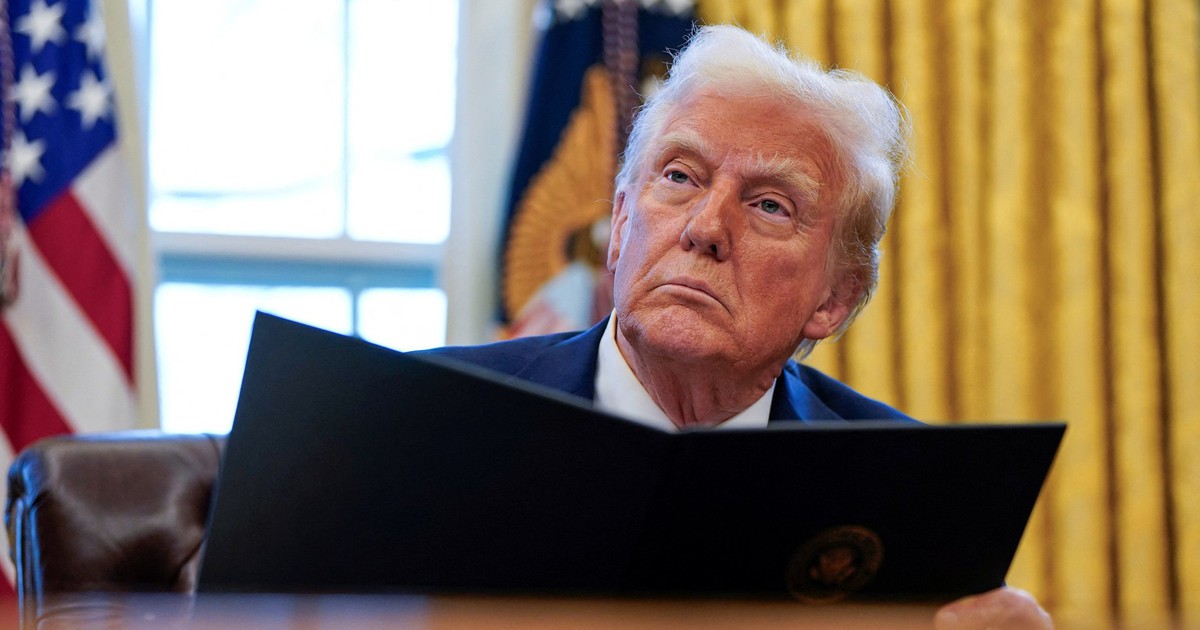
















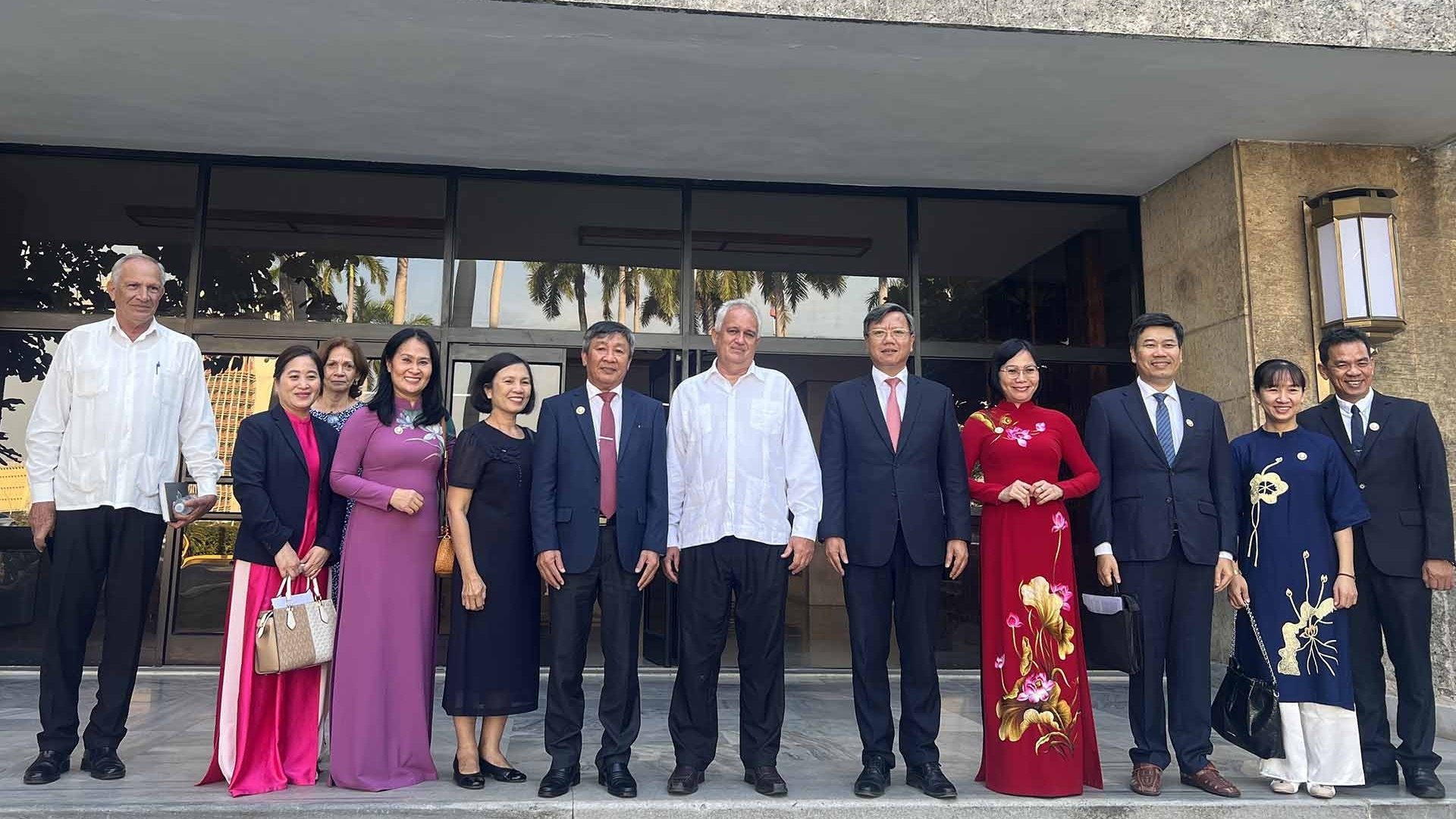





















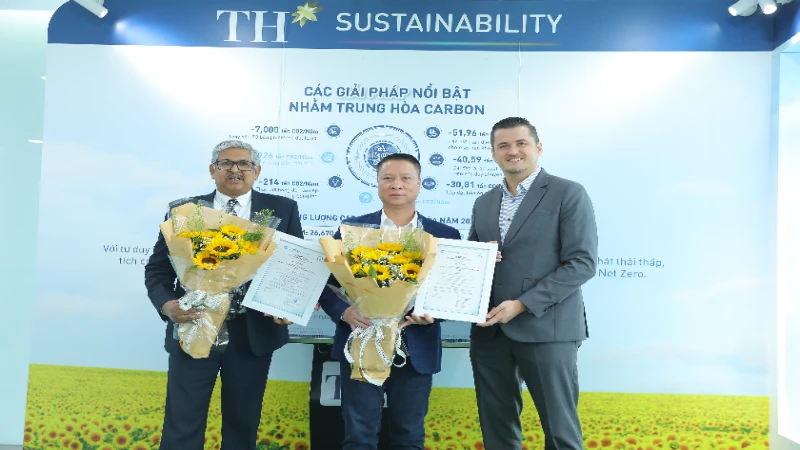
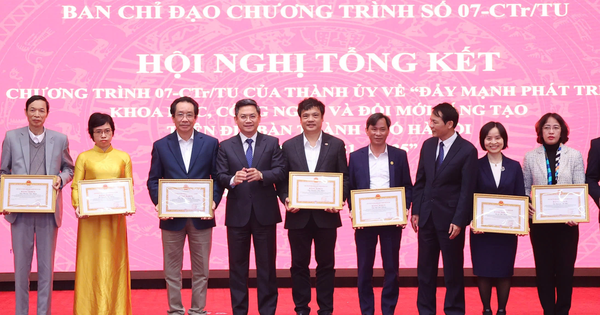





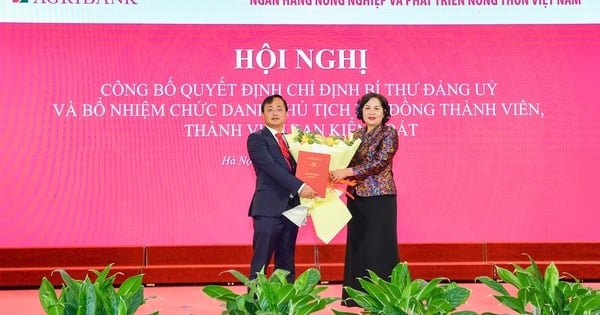





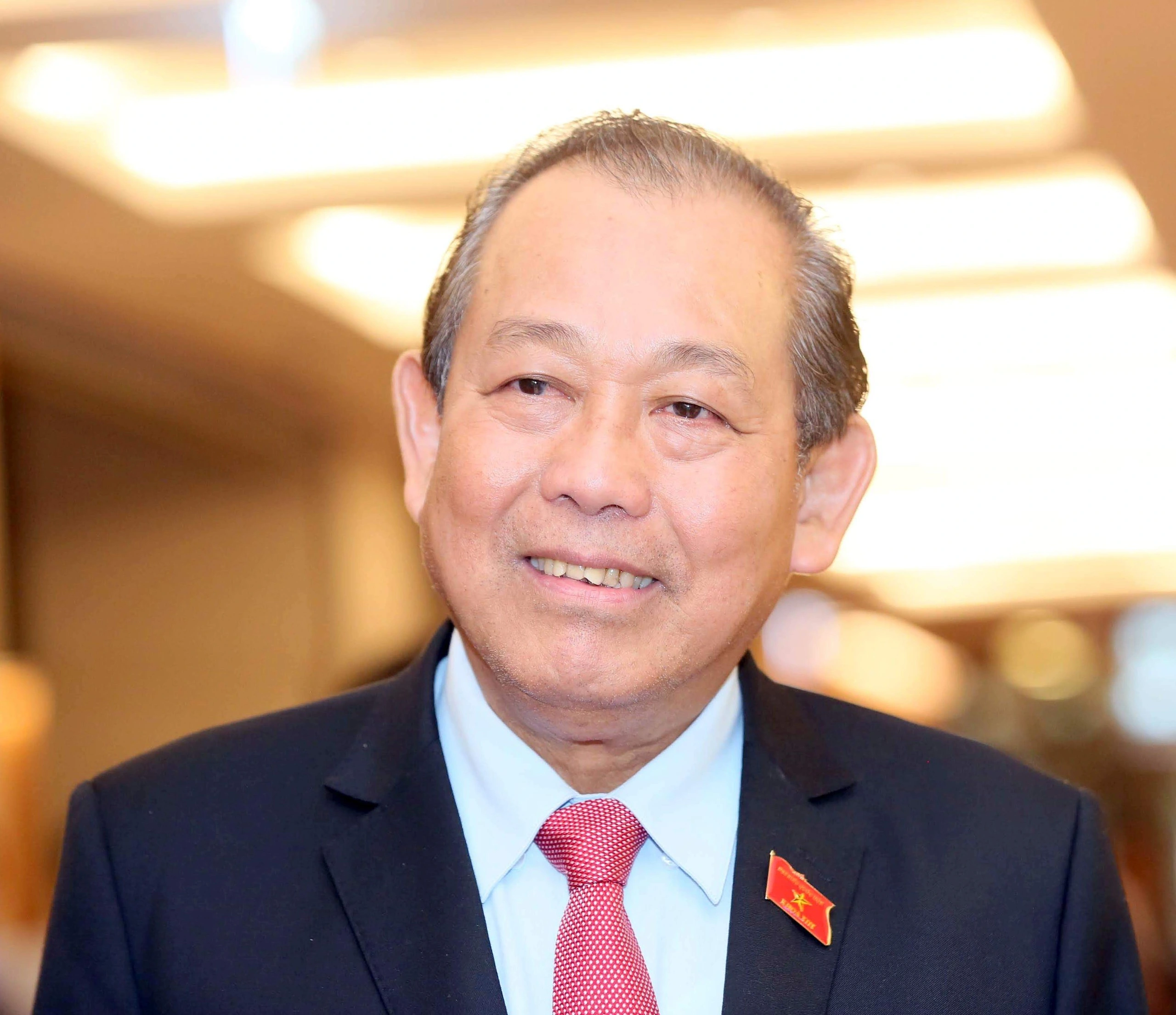
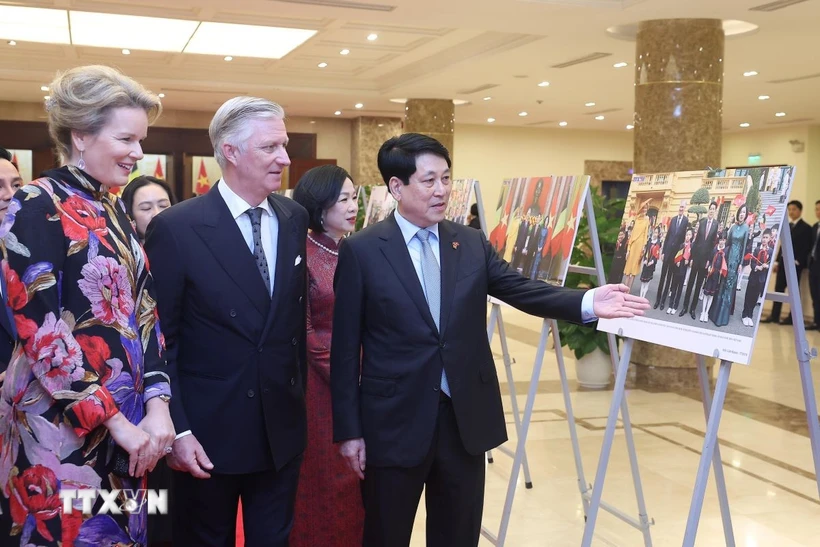

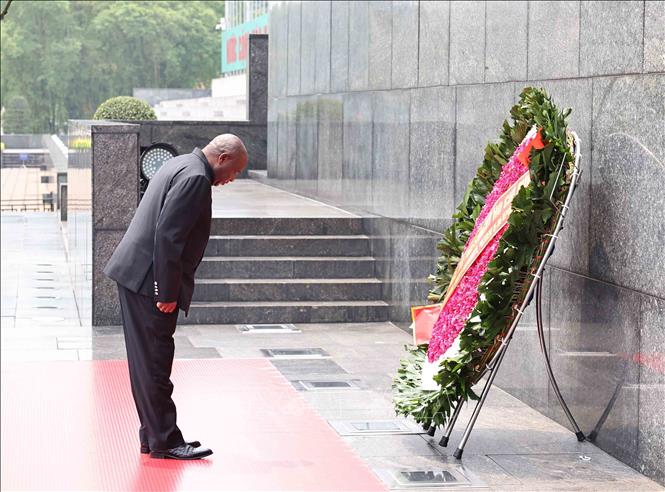






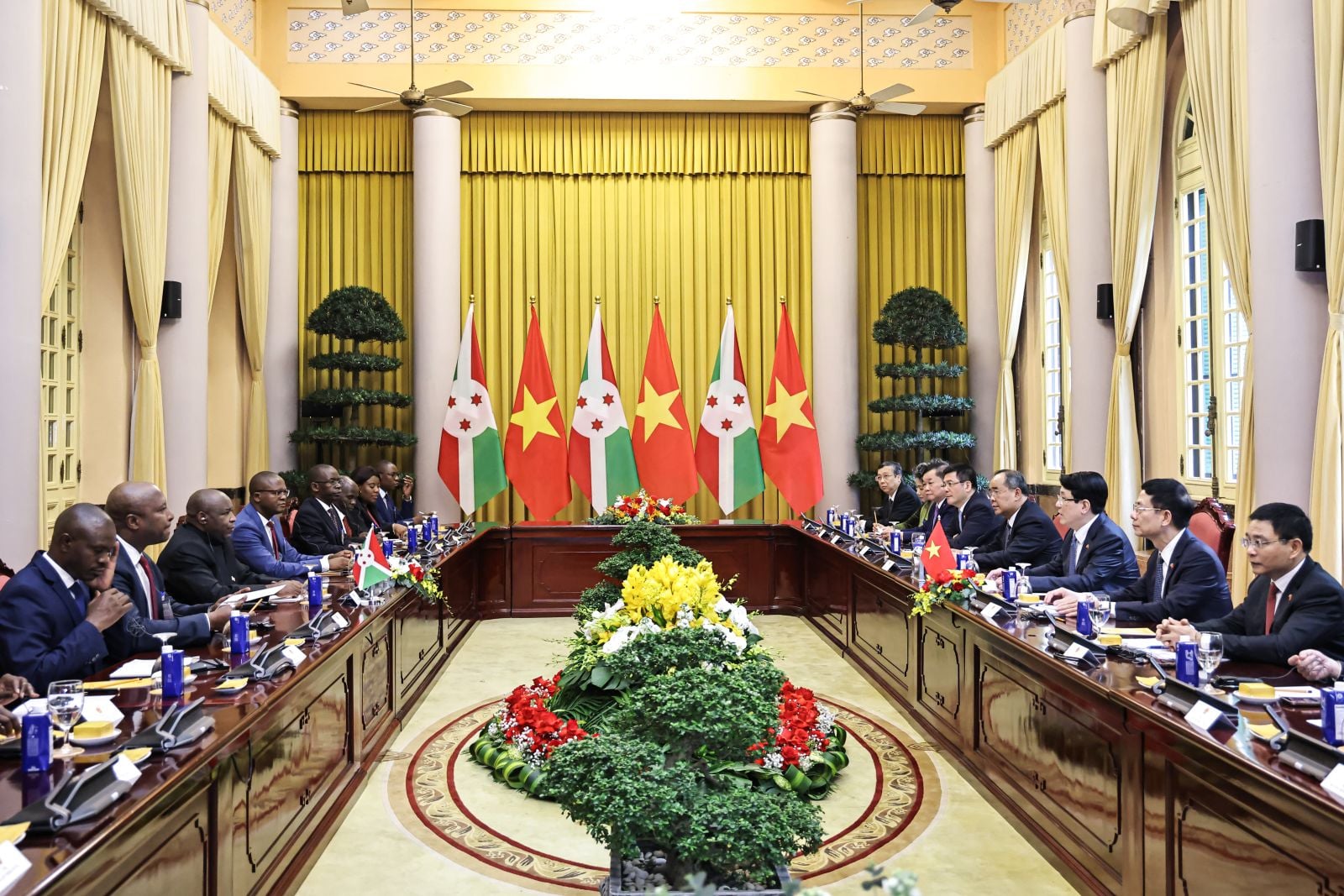

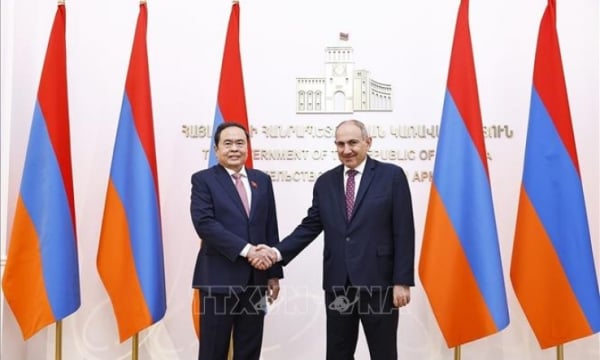

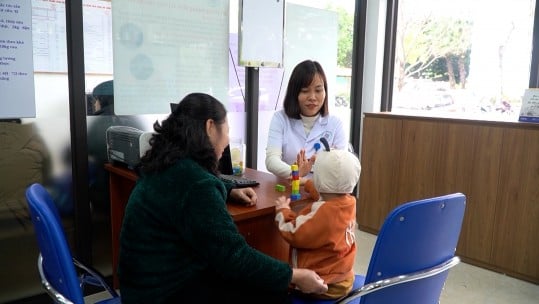
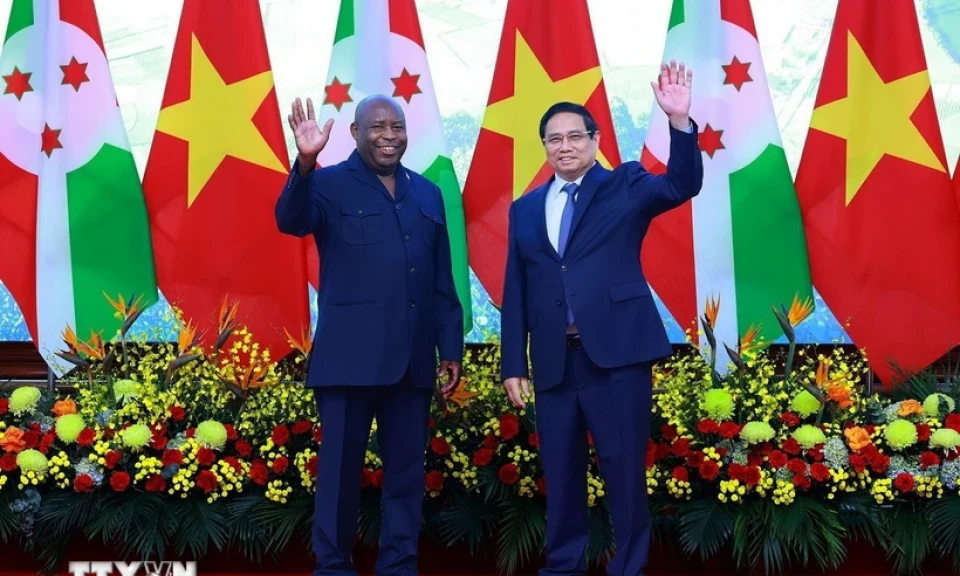
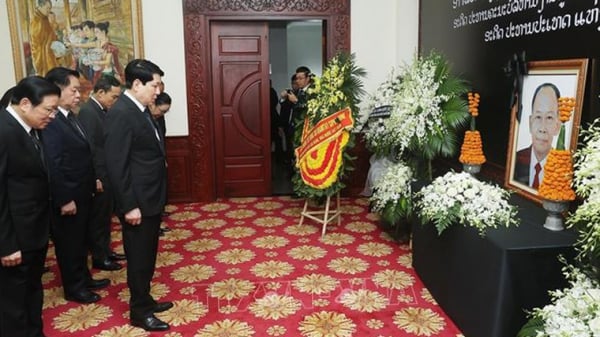


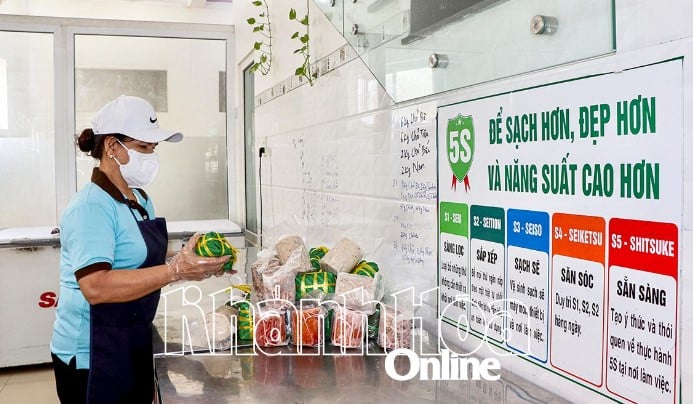

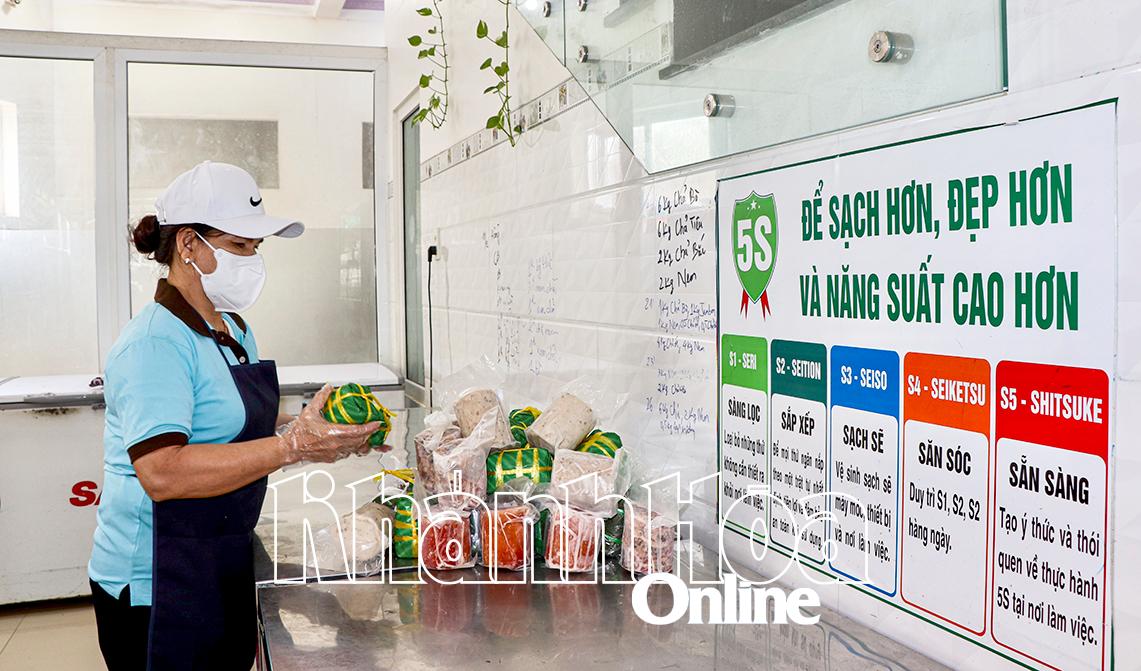






Comment (0)